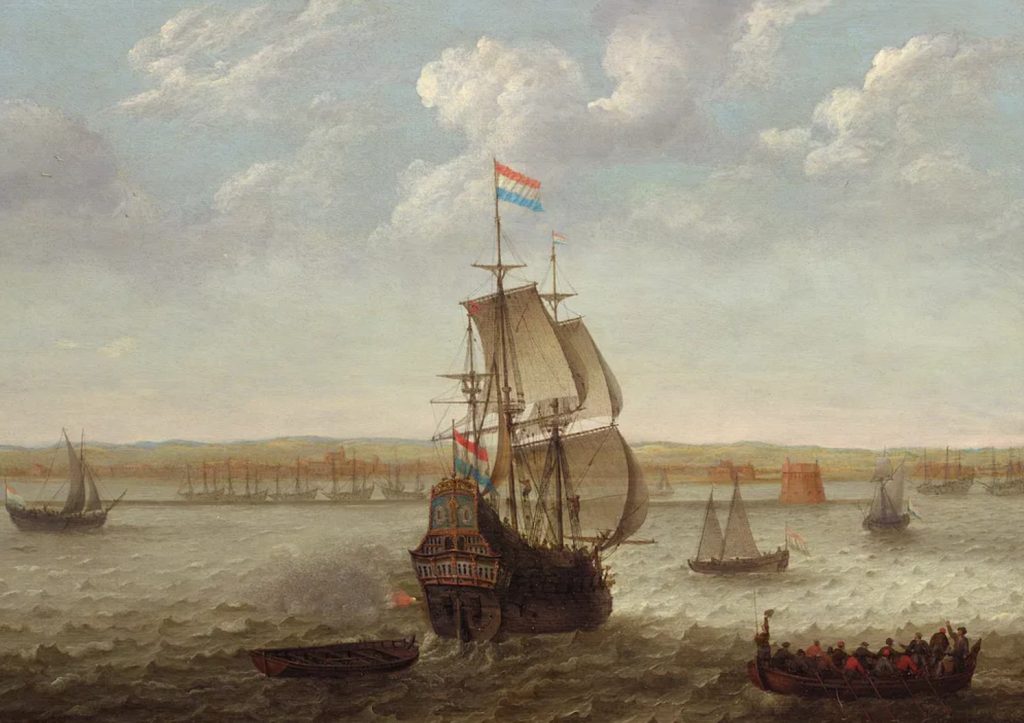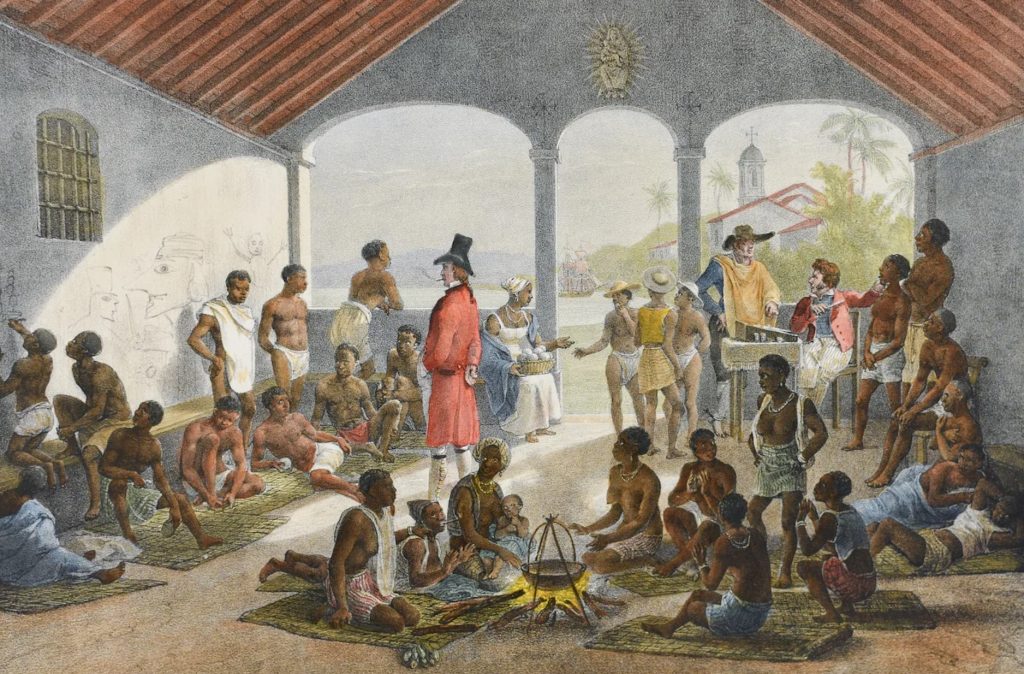The pre-colonial history of Brazil stretches back over 10,000 years, and is characterized by the rich cultural and linguistic diversity of the indigenous peoples who inhabited the region. Prior to the arrival of Europeans in the late 15th century, Brazil was home to a wide variety of indigenous tribes, each with their own unique customs, traditions, and languages.
Many of these tribes were semi-nomadic, and practiced subsistence agriculture and hunting and gathering. They developed complex social structures and religious beliefs, and many created impressive works of art, including pottery, textiles, and carvings.
The arrival of the Portuguese in 1500 marked a significant turning point in Brazil’s history, as European diseases and violence led to the decimation of many indigenous populations. However, some indigenous peoples were able to survive and maintain their cultural traditions, despite the immense pressure to assimilate to European ways of life.
Prior to the arrival of the Portuguese, the indigenous peoples of Brazil had a rich and diverse cultural heritage. They spoke over a thousand different languages, and lived in a wide range of environments, from the Amazon rainforest to the coastal regions of Brazil. They had complex social structures, often organized into extended families or clans, and practiced a variety of religious beliefs, many of which were closely tied to the natural world.
History of Brazil – A Timeline
Some of the most well-known indigenous groups in Brazil include the Guarani, who inhabited the southern regions of Brazil, Paraguay, and Argentina, and were known for their skills in agriculture, pottery, and weaving; the Tupinambá, who lived along the northeastern coast of Brazil and were renowned for their seafaring abilities; and the Yanomami, who live in the Amazon rainforest and are one of the largest and most isolated indigenous groups in Brazil.

The arrival of the Portuguese in 1500 marked the beginning of a long period of colonization and exploitation of Brazil’s indigenous peoples. Portuguese settlers brought with them European diseases such as smallpox, measles, and influenza, which had a devastating impact on indigenous populations, leading to widespread death and displacement.
Over time, the Portuguese established a system of slavery, which brought millions of African slaves to Brazil to work in the country’s booming sugar and coffee industries. This further marginalized and oppressed indigenous peoples, who were often forced to compete with slaves for resources and labor.
Here are some more points on the pre-colonial history of Brazil and its indigenous peoples:
- The indigenous peoples of Brazil were skilled farmers and hunters, and developed sophisticated agricultural systems, such as the “slash and burn” technique, which involved clearing small areas of forest and using the ash to fertilize the soil.
- The indigenous peoples of Brazil had rich artistic traditions, and created intricate carvings, pottery, textiles, and other works of art, many of which can be seen in museums and galleries today.
- Indigenous peoples in Brazil had a strong connection to the natural world, and many of their religious beliefs and practices were centered around the cycles of nature and the spirits of animals and plants.
- The arrival of Europeans in Brazil led to the introduction of new technologies and goods, such as horses, firearms, and metal tools, which had a profound impact on indigenous societies and their traditional ways of life.
- Indigenous resistance to colonial rule was often met with violence and oppression, and many indigenous peoples were forced to flee their ancestral lands or were forcibly removed to reservations or other areas designated for them by the colonial authorities.
- Despite the many challenges they faced, Brazil’s indigenous peoples have continued to maintain their cultures and traditions, and have contributed greatly to Brazil’s rich cultural heritage.
- Today, there are ongoing efforts to promote the rights and welfare of Brazil’s indigenous peoples, including initiatives to protect their lands, promote cultural diversity, and ensure access to education and healthcare.
Behavior of European invaders towards Brazilian women
The behavior of European invaders towards Brazilian women was marked by a complex mix of sexual exploitation, violence, and cultural imperialism. From the early days of Portuguese colonization, European men established sexual relationships with indigenous women, often through force or coercion.
Many European men viewed indigenous women as exotic and sexually available, and saw these relationships as a way to assert their dominance over the land and its peoples. The practice of sexual exploitation was also fueled by the fact that many European men were far from their families and communities and were in need of companionship and intimacy.

As European colonization expanded and the slave trade flourished, European men also began to establish sexual relationships with African women who were brought to Brazil as slaves. These relationships were often marked by extreme power imbalances, as slave women had little agency or control over their own lives and were frequently subjected to sexual violence and abuse.
The behavior of European invaders towards Brazilian women was also shaped by cultural imperialism, as European ideas about gender, sexuality, and morality were imposed upon the native population. European missionaries sought to impose strict moral codes on indigenous women, often using religion and the threat of punishment to enforce strict codes of sexual behavior.
Overall, the behavior of European invaders towards Brazilian women was marked by a complex mix of power, exploitation, and cultural domination. While there were certainly cases of genuine affection and mutual respect between European men and Brazilian women, the overall legacy of European colonization in Brazil was one of sexual violence, oppression, and exploitation.
Brazilian’s exploitation by Europeans
Europeans exploited Brazilians in many ways, particularly during the period of colonization. Here are some of the ways that Europeans exploited Brazilians:
- Forced Labor: The Portuguese used forced labor to build the infrastructure of their new colony. The indigenous people were forced to work in mines, plantations, and in building roads and other structures. Africans were also brought to Brazil as slaves to work on sugar and coffee plantations, and in other industries.
- Land Grabbing: The Portuguese Crown granted large tracts of land to wealthy colonizers, who then used indigenous people as forced labor to cultivate crops such as sugarcane, tobacco, and coffee. This often resulted in the displacement of indigenous communities and the destruction of their traditional territories.
- Cultural Domination: Europeans attempted to impose their language, religion, and customs on the indigenous population. Indigenous people were forced to convert to Catholicism and give up their traditional beliefs and practices. This cultural domination often went hand in hand with the use of force and violence.
- Economic Exploitation: The Portuguese Crown also profited from the exploitation of Brazil’s natural resources. Gold, silver, and other minerals were extracted from mines and shipped back to Europe, while Brazil’s vast forests were exploited for timber and other products.
- Intellectual Exploitation: European colonizers also sought to exploit Brazil’s knowledge and resources. Indigenous knowledge of medicinal plants, agriculture, and other aspects of traditional life was often appropriated by Europeans without proper credit or compensation.
These are just a few examples of the ways that Europeans exploited Brazilians during the period of colonization. The legacy of this exploitation continues to shape Brazil today, with many indigenous communities still fighting for their rights and recognition.
Today, Brazil is home to over 300 indigenous tribes, many of which continue to struggle against ongoing threats to their lands and livelihoods, including deforestation, mining, and agribusiness. The history of Brazil’s indigenous peoples is an important part of the country’s national identity, and continues to shape the cultural and political landscape of the country.
Despite the many challenges they have faced, Brazil’s indigenous peoples have also shown remarkable resilience and determination. Today, many continue to fight for their rights and the preservation of their cultures and traditional lands. In recent years, there has been increased attention to the plight of Brazil’s indigenous peoples, and efforts to protect their lands and promote cultural diversity and understanding.
